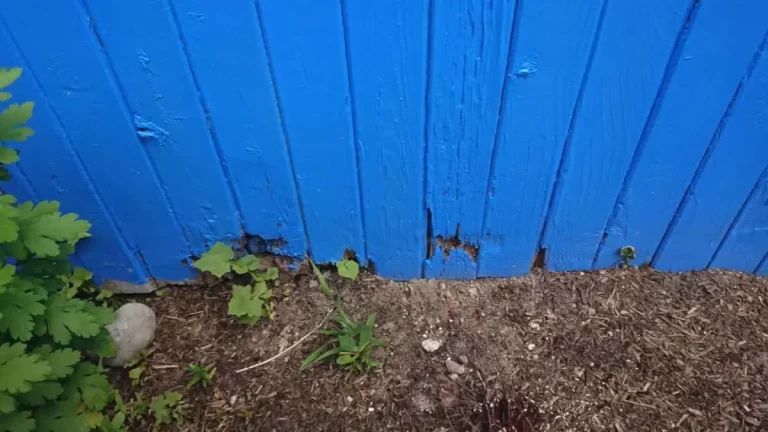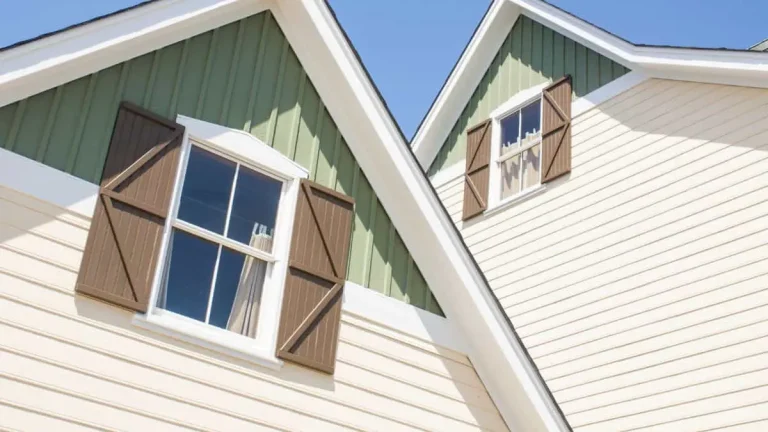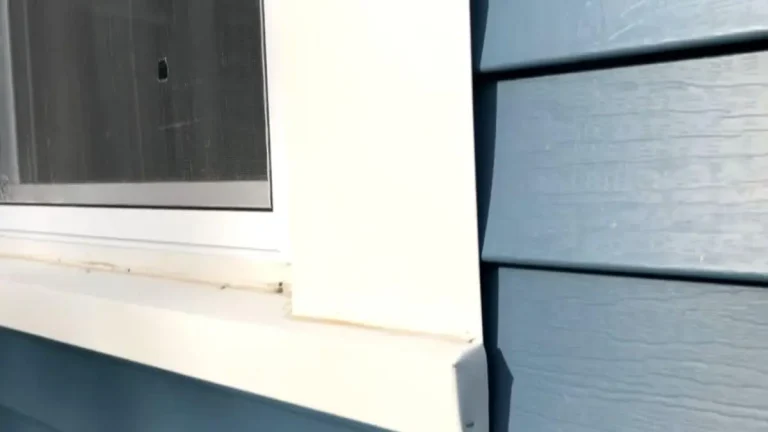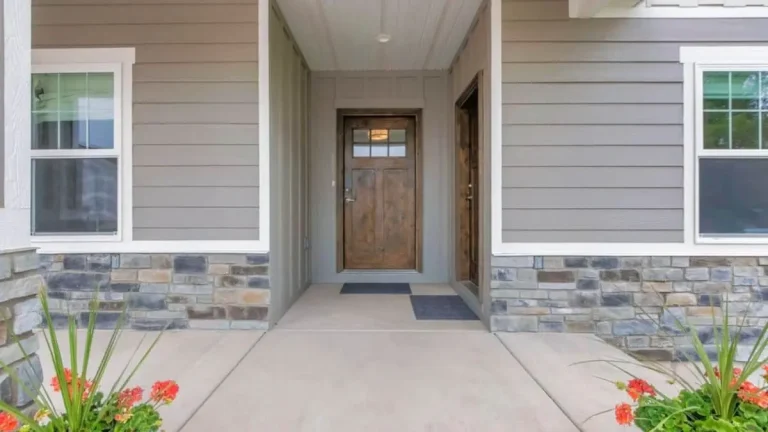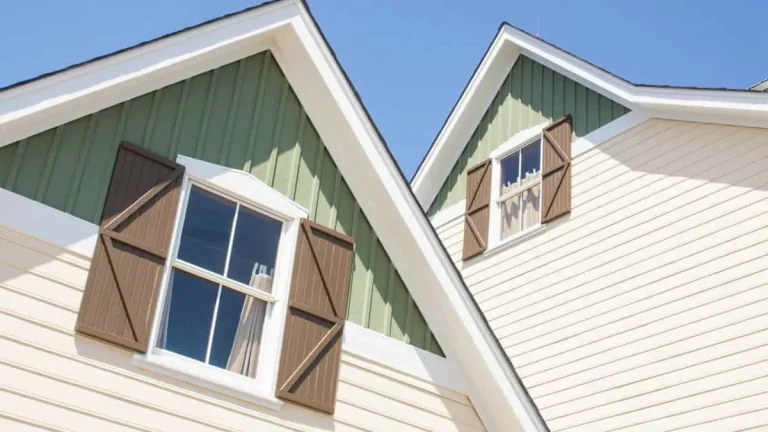Siding around the electric meter is an essential component of the building’s exterior. It not only enhances the aesthetic appeal but also ensures the safety and functionality of the electric meter. Professional installation is crucial to meet safety standards and regulations.
Here’s a detailed guide to help you navigate this task effectively.
Importance Of Proper Siding Around Electric Meter
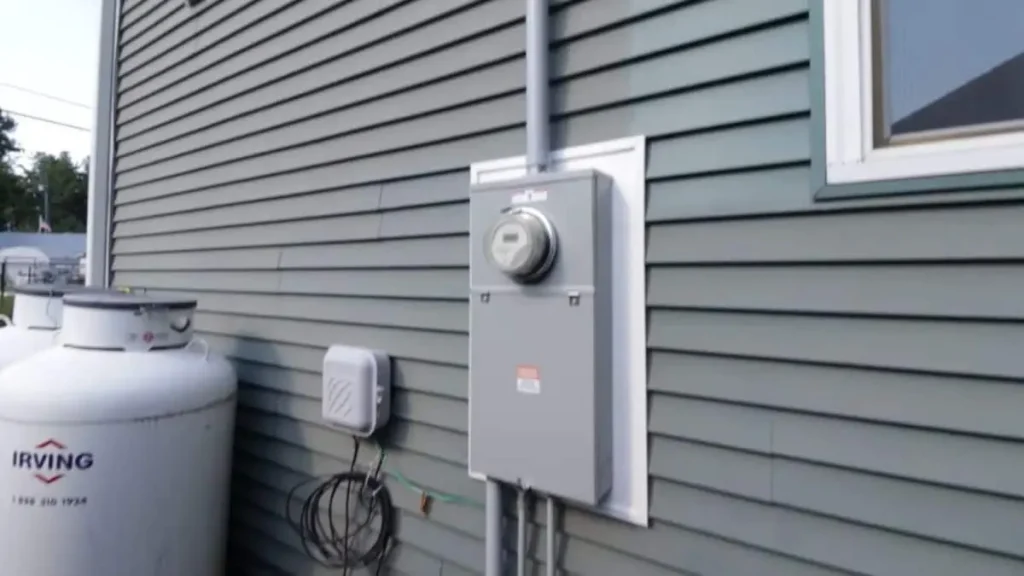
Proper siding around the electric meter ensures safety of the surrounding area and compliance with regulations.
- Correctly installed siding prevents damage to the electric meter and wires, avoiding costly repairs.
- Improper siding can lead to safety hazards and violations of building codes.
- Regular inspection and maintenance of siding is essential to ensure continued protection.
- Choose durable materials that can withstand weather conditions and protect the electric meter.
Types Of Siding Materials
When it comes to choosing siding materials for the area around your electric meter, it’s important to consider durability, aesthetics, and maintenance. Here are some popular options:

Vinyl Siding
Vinyl siding is a cost-effective and low-maintenance option that comes in various colors and styles.
Cement Fiber Siding
Cement fiber siding is a durable and fire-resistant choice that mimics the look of wood but requires less upkeep.
Wood Siding
Wood siding provides a natural and timeless appeal, but it may require more maintenance to prevent rot and decay.
Considerations For Choosing The Right Siding Material
When considering the right siding material for your electric meter, it’s important to evaluate various factors to ensure you make the best choice. The siding material around your electric meter should be durable, weather-resistant, and aesthetically pleasing. Each of these aspects plays a crucial role in protecting your meter and enhancing the overall appearance of your property.
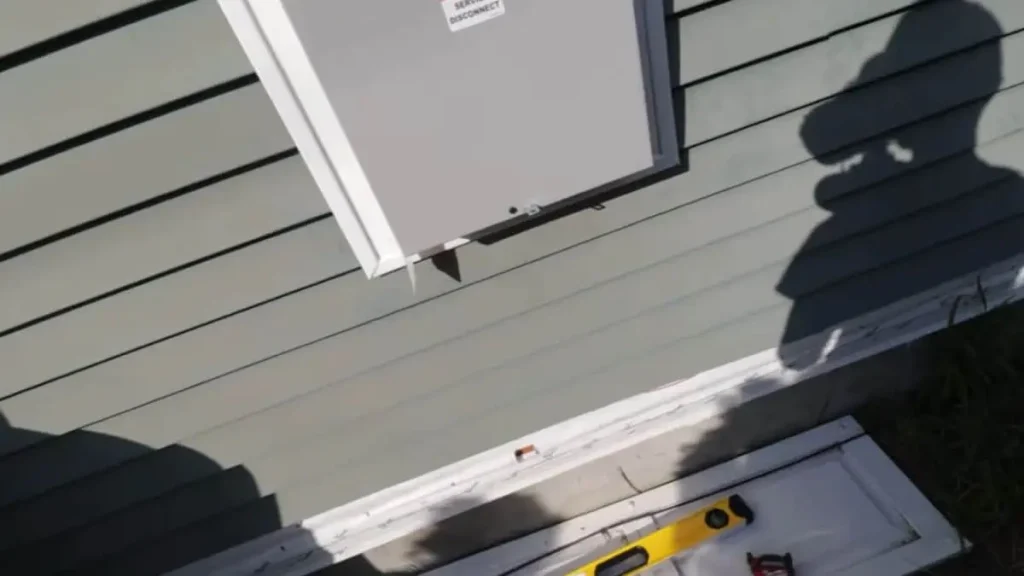
Durability
Durability is a key factor when selecting siding for your electric meter. The material you choose should be able to withstand the test of time and resist damage from external elements. Fiber cement and metal sidings are popular choices due to their exceptional durability and long-lasting performance.
Weather Resistance
Weather resistance is essential to protect your electric meter from the elements. Look for siding materials that are resistant to moisture, UV rays, and extreme temperatures. Vinyl and engineered wood are known for their excellent weather-resistant properties, making them suitable options for siding around your electric meter.
Aesthetic Appeal
Choosing a siding material that adds to the aesthetic appeal of your property is important. The siding around your electric meter should complement the overall look of your home. Consider options such as natural wood or composite siding, as they offer a pleasing aesthetic while providing functional benefits.
Installation Process For Siding Around Electric Meter
If you are planning to install new siding around your electric meter, it is essential to know the installation process. The siding around the electric meter not only enhances the look of your house but also protects the meter from harsh weather conditions.
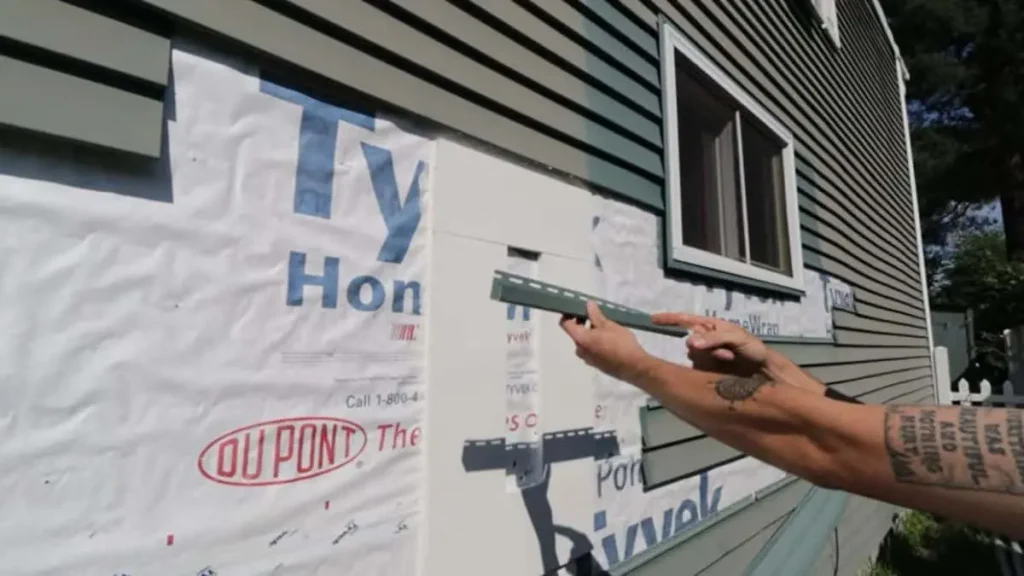
1. Preparing The Area
Before starting the installation process, it is crucial to prepare the area around the electric meter. First, turn off the power supply to the meter. Next, remove the old siding around the meter carefully. Ensure that there are no damages to the meter while removing the old siding. Clean the area around the meter thoroughly and let it dry completely before starting the installation process.
2. Measuring And Cutting The Siding
Once the area is prepared, it is time to measure and cut the siding according to the size of the electric meter. Measure the height and width of the meter and add an extra inch to the measurement to ensure that the siding covers the meter correctly. Next, mark the measurement on the siding and use a saw to cut the siding according to the measurement.
3. Install the Mounting Block
- Choose the Right Block: Select a mounting block designed for use with your specific type of siding.
- Cut the Siding: Use a circular saw or tin snips to cut the siding to fit around the mounting block. Ensure the cuts are precise to avoid gaps.
- Mount the Block: Secure the mounting block to the wall using screws. Ensure it is level and firmly attached.
4. Attach the Siding
- Measure and Cut: Measure and cut the siding pieces to fit around the mounting block. Precision is crucial to ensure a neat fit.
- Install the Siding: Start installing the siding from the bottom up. Slide the siding pieces into place around the mounting block, securing them with nails or screws as per the manufacturer’s instructions.
- Check for Gaps: Ensure there are no gaps between the siding and the mounting block. If there are gaps, use caulk to seal them.
5. Secure the Meter Box
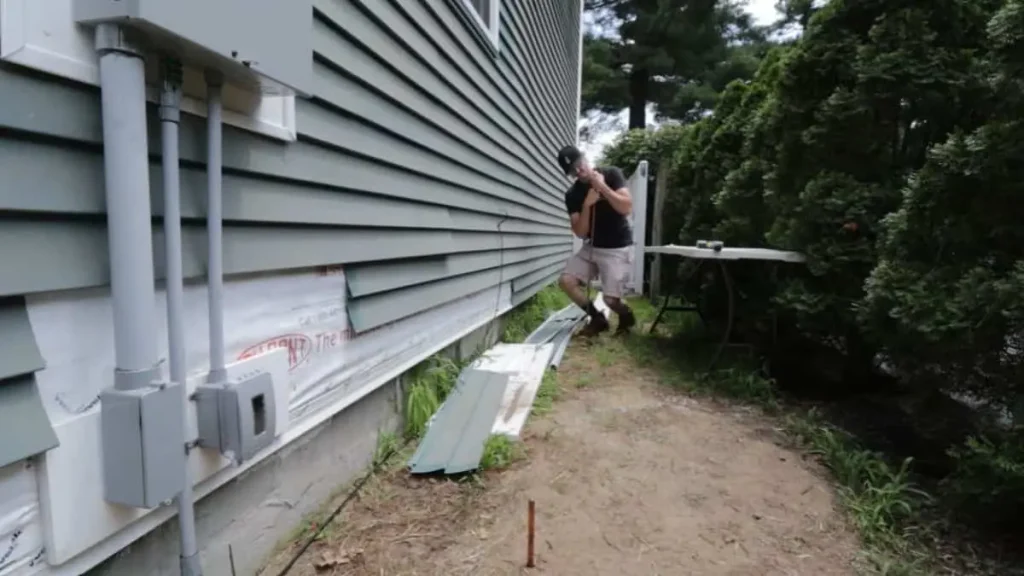
If the meter box was temporarily removed, reattach it securely to the mounting block. Ensure it is level and properly aligned.
6. Finishing Touches
- Caulking: Apply caulk around the edges of the mounting block to seal any small gaps. This prevents moisture from entering and damaging the underlying structure.
- Inspect: Check the entire installation for stability and finish. Ensure that the meter is easily accessible and the siding looks seamless.
For detailed guidance on working with vinyl siding around windows, especially those with built-in J-channels, check out our comprehensive guide.
Regulations And Codes Regarding Siding Around Electric Meters
When it comes to installing siding around electric meters, it is crucial to adhere to the regulations and codes set forth by local building authorities and safety regulations. Failure to comply with these regulations can lead to safety hazards and potential legal consequences.
Local Building Codes
Local building codes play a significant role in determining the requirements for siding around electric meters. These codes are established to ensure that the installation of siding does not obstruct access to the electric meter and adheres to specific clearance requirements. It is essential to consult with local building authorities or code enforcement agencies to obtain specific guidelines for your area.
Safety Regulations
Safety regulations pertaining to siding around electric meters are designed to minimize the risk of fire, electrical hazards, and obstruction of utility equipment. These regulations may include stipulations regarding the use of non-combustible materials, minimum clearance distances, and proper ventilation to prevent overheating.
Adhering to these safety regulations is imperative to safeguard the integrity of the electrical system and mitigate potential safety hazards.
Common Mistakes To Avoid When Installing
When installing siding around the electric meter, it’s crucial to avoid common mistakes that can lead to safety hazards and costly repairs.
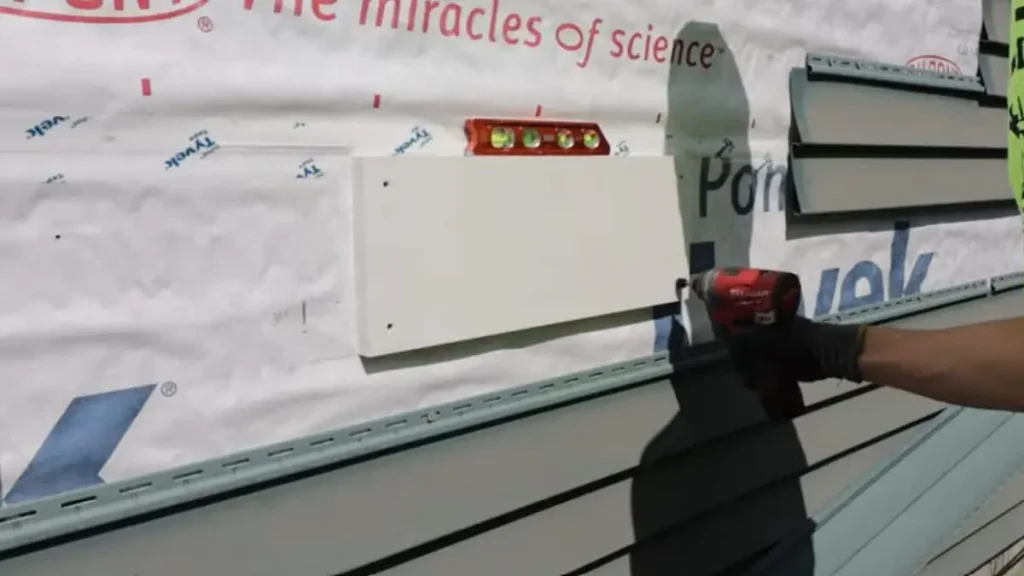
Improper Clearance From The Meter
One of the most critical mistakes to avoid when installing siding around the electric meter is improper clearance from the meter. It’s essential to maintain a specified distance between the siding and the electric meter to allow for safe and unobstructed access for utility workers. Failure to provide adequate clearance can impede the functionality of the meter and pose a safety risk.
Neglecting Proper Ventilation
Another common mistake is neglecting proper ventilation around the electric meter. Proper airflow is essential to prevent overheating and ensure the efficient operation of the meter.
When installing siding, it’s crucial to incorporate ventilation openings to allow for adequate air circulation around the meter. Failing to address ventilation needs can lead to operational issues and potential safety hazards.
Cost Analysis Of Different Siding Options
Explore cost analysis of various siding options around the electric meter to choose a budget-friendly and durable solution. Compare materials to find the best fit for your needs and budget. Make an informed decision to enhance your home’s exterior aesthetics and functionality.
Initial Cost Vs. Long-term Maintenance Cost
The initial cost of siding materials varies greatly, with some materials like vinyl and aluminum being more affordable than others like wood and fiber cement. However, the long-term maintenance cost is equally important to consider.
For instance, wood siding requires regular painting and staining, which can be costly in the long run. On the other hand, vinyl and aluminum are virtually maintenance-free, making them a cost-effective option in the long run.
ROI In Terms Of Energy Efficiency
Apart from the initial and long-term maintenance costs, homeowners should also consider the Return On Investment in terms of energy efficiency. Energy-efficient siding options can significantly reduce your energy bills by keeping your home cool in summer and warm in winter.
Some of the most energy-efficient siding options include insulated vinyl, fiber cement, and insulated aluminum. While these options may be more expensive than traditional siding materials, they provide significant savings in energy bills in the long run.
Conclusion
Incorporating the right siding around your electric meter is crucial for both functionality and aesthetics. Prioritize safety and visual appeal to enhance the overall look of your home. Remember to consult with professionals to ensure proper installation and maintenance for long-lasting results.
Your home’s exterior deserves the best!

